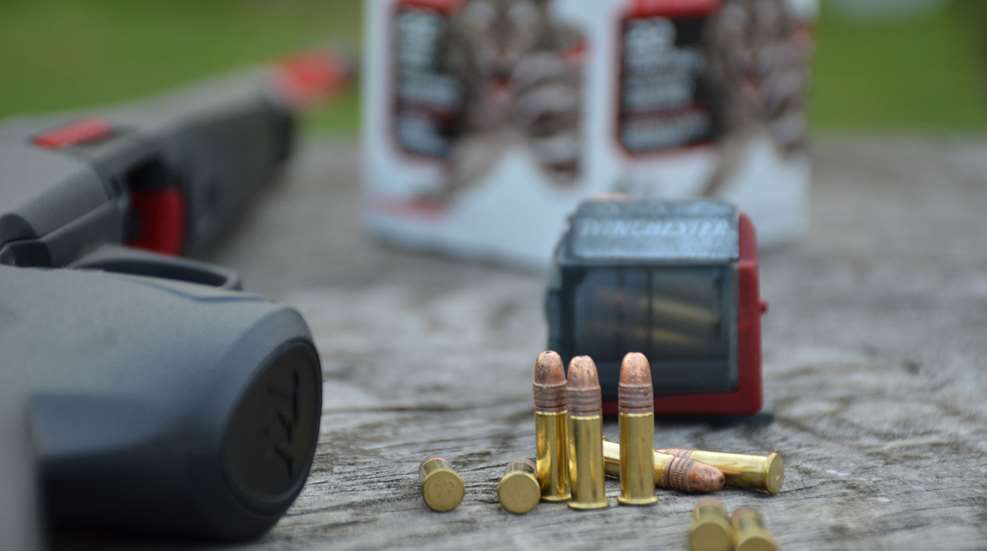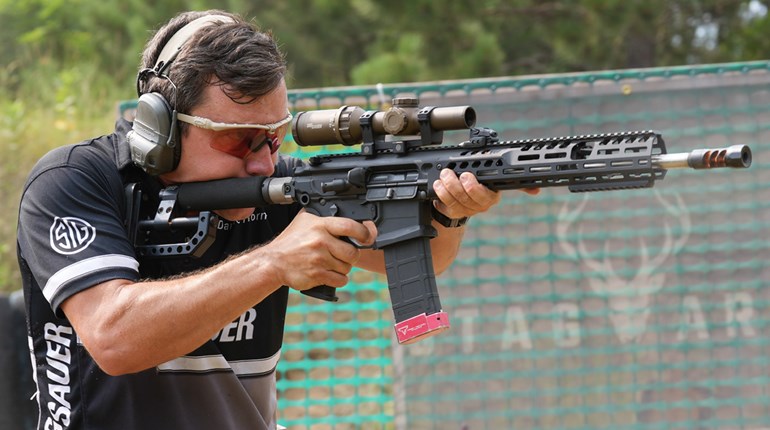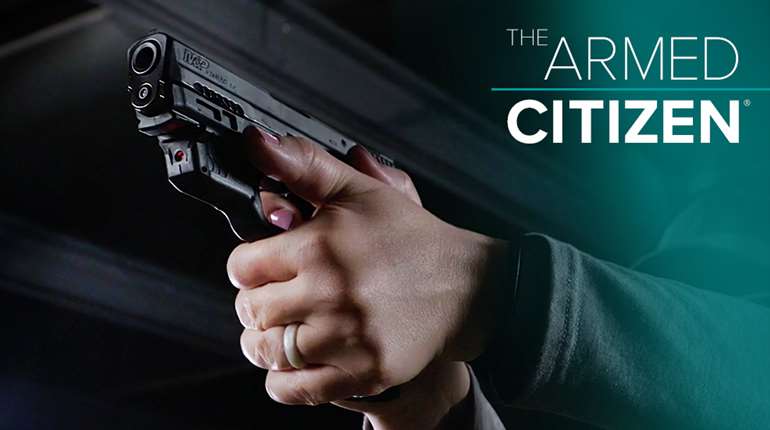
Not all gun owners, particularly those new to shooting, have the knowledge base to problem-solve without asking for help. But growing your own firearm knowledge base requires little effort, and doesn’t have to be overwhelming. One of the skills required to take care of your own personal safety is to have some sort of tool for the job. For many, the tool might be a firearm. To use a firearm well, you must be able to operate and maintain it, and solve any problems you might encounter using it.
Understanding the function of ammunition is an area to build your knowledge base because, well, functioning ammo is required to shoot a gun! But more importantly, an improperly functioning firearm can be a safety issue.
Let’s look at malfunctions with a very common round, the .22 rimfire. It’s often easy to blame ammo or blame a firearm when user error can be the cause of the problem. Discerning whether the cause is related to ammo, firearm platform or user error will develop your understanding of firearms and their use.

.22 Rimfire
A rimfire .22 is low cost, low recoil, and low noise. It’s why so many new gun owners shoot it or use it to teach others. The low cost is partly attributed to how the round is manufactured, and partly that it requires few resources to produce. Unlike center-fire ammunition, which has a primer inserted into the center of the bottom of the case, a .22 rimfire case is composed of one piece and has a hollow rim around the base of the case into which the primer powder resides, thus the term “rimfire.”
How does the primer compound make it into this rim? First, the cases are put into a fixture that secures them so the primer compound can be pushed inside, then it is spun to pull the compound into the rim. This process is fast and allows manufacturers to produce a high number of rounds quickly. It is how all .22 rimfire is made.

The process does have one drawback: The space that the priming compound must get into is tiny. So logic tells you that, just based on numbers and the laws of probability, the sheer volume of .22 rimfire cases produced might be the round with which you might see the greatest number of malfunctions.
What do you do if your .22 rimfire fails to fire? I use this as an opportunity to train what I would do for a malfunction. If it was a single-shot gun, I’d remove the round and shoot again. If it was a semi-automatic, I’d open the action, eject the round, and shoot again. But the first time anything like that happens, you should STOP and assess what is going on.
If you clear a .22 round and it ejects into the grass and you don’t find it, you can’t look at the rim and see if the firing pin hit it. The most important step in any malfunction is to stop and look at what is going on. Keep the gun pointed downrange, finger off the trigger, and just look at what you see.

In a semi-automatic, look to see if the action is closed. If the action is closed, wait about 5 to 10 seconds to see if it was a hang-fire, which means the round didn’t ignite properly and there could be a delay in the round going off. Does this happen often with .22? I’ve never experienced it. But the proper protocol for a round not going off is to stop and keep the gun pointed downrange for 5 to 10 seconds.
While you’re keeping the gun pointed downrange, look at the action. If it’s closed (semi-auto), that means that the previous round cycled and then fed the round which you just tried to shoot. Open the action and remove that round and look at it. Do you see a strike from the firing pin on the edge of the case? If you see a strike, but the round did not go off, you have two options: 1) set it aside, or 2) try to shoot the same round again. In a .22 rimfire, often the round will function the second try because that portion of the rim that was struck didn’t have enough primer compound or the hit wasn’t hard enough. It’s just a function of the odds and the manufacturing process. It’s a fact that .22 is what it is: an affordable, mass-produced round for maximum fun with minimum cost and you’re going to run into these occasional issues. It’s normal and not anything to worry about.
If you have a failure to fire in a single-action, pause the same in case of a hang fire, but then just open the action and inspect the round.
If you experienced a lot of failures to fire, then you might want to check to see if your firing pin is damaged. This is why it is recommended not to dry fire (pull the trigger on an empty chamber) with a .22 rimfire. The firing pin is designed to hit the edge of the case, and if there is no case inserted, the firing pin can hit the breech face and get damaged. Doing this repeatedly can lead to malfunctions because the damaged firing pin is no longer doing its job. You can purchase a “snap cap” or just insert a spent case into the chamber if you plan to dry fire. Many newer manufactured .22 rimfires are being designed to prevent this, but for older .22s, like your great-grandfather’s gun, you’re safer to use a snap cap or not dry fire it.
If you opened the action on a semi-auto .22 after a failure to fire and there was no round in the chamber, that means you might not have seated the magazine fully and the round did not feed after you fired. Pull the magazine out, reinsert it until you hear and feel it click, and try again.
One last item to understand is that if you eject an empty case but your gun didn’t fire, or you only heard a weak “pop,” consider that you might have a squib. A squib happens when the bullet goes only part way down the barrel. This can be because you had old or wet ammo or the powder charge was insufficient. This isn’t common with modern manufacturing processes, but it’s something to be aware of if, say, you used .22 ammo that was left outside in moisture or extremes of heat and cold (like a year in a garage). You should remove the magazine, clear the chamber, and use a squib rod to confirm there is nothing in the barrel. Failure to remove a squib can result in damage to the gun or the person using it!
The more you use firearms, the more you will encounter “what if” scenarios. Don’t be intimidated. Stop and assess any malfunction. Setting up a camera to video can also be helpful, especially when trying to diagnose whether user error is playing a role.















































